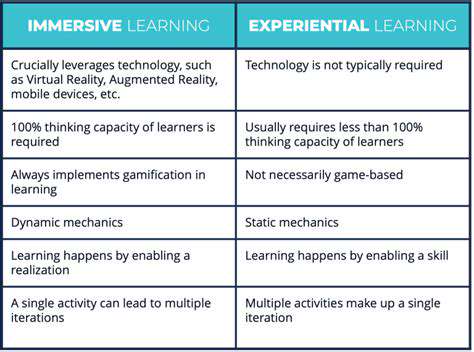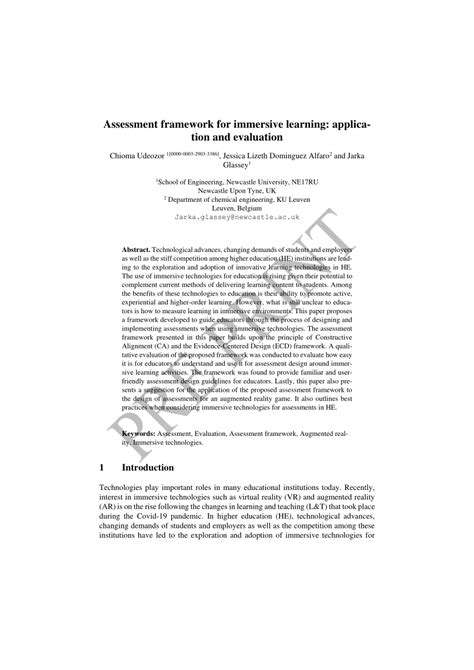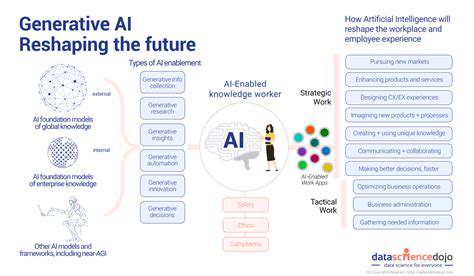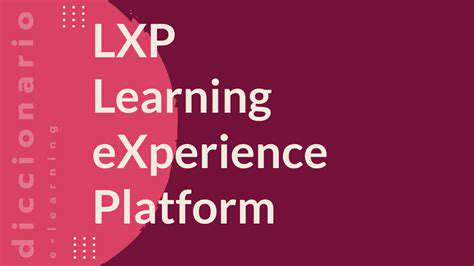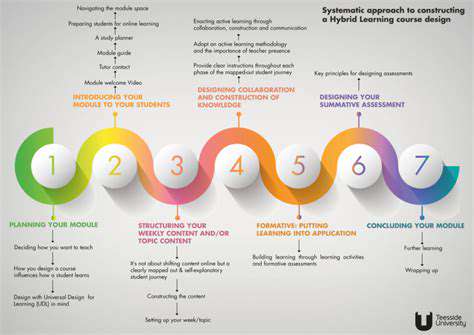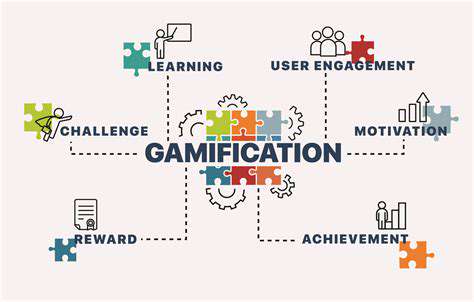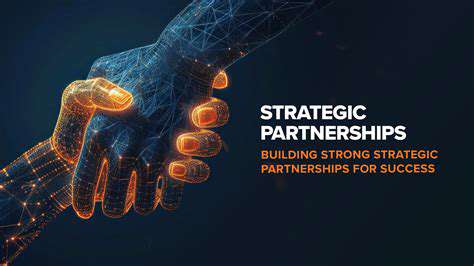The Ethical Imperative: Bias in AI Educational Algorithms
Data Disparities: The Root of the Problem
Understanding Data Disparities
When we talk about data disparities in AI education, we're referring to the uneven quality and representation of data used to train these systems. This imbalance often mirrors real-world inequalities, baking them into algorithms that shape learning experiences. The issue isn't just about having enough data - it's about having the right kinds of data that reflect the full spectrum of student backgrounds and learning styles. Without this diversity, AI tools risk becoming instruments of exclusion rather than empowerment.
The problem runs deeper than simple quantity. Historical biases embedded in educational data can resurface in AI systems, creating feedback loops that reinforce outdated stereotypes. We're seeing cases where algorithms trained on narrow datasets develop blind spots for entire demographics, making it crucial to examine not just what data we use, but how it was collected and what assumptions it carries.
The Impact of Biased Data on Learning Outcomes
Real-world consequences emerge when AI tools developed with limited perspectives encounter diverse classrooms. A tutoring system trained primarily on data from affluent suburban schools might completely miss the mark when working with rural students or English language learners. The results can be devastating - personalized learning plans that don't resonate, feedback that discourages rather than motivates, and assessment tools that measure the wrong things entirely.
What begins as technical limitation quickly becomes human cost. Students receiving AI-generated feedback that doesn't align with their cultural context or learning style may internalize feelings of inadequacy. The very tools meant to democratize education could inadvertently reinforce existing achievement gaps if we don't address these fundamental data issues.
Bias in AI-Powered Tutoring Systems
Intelligent tutoring systems represent both promise and peril. While they offer unprecedented scalability, their effectiveness depends entirely on the data behind them. We've observed cases where these systems provide less nuanced support to students from minority backgrounds, simply because their training data didn't include enough examples of successful learning strategies from those groups.
The danger isn't just in what these systems teach, but what they reinforce through omission. When certain problem-solving approaches or cultural references consistently go unrecognized as valid, students may begin to doubt their own ways of thinking. This creates a hidden curriculum where some learners receive validation while others receive correction.
Algorithmic Bias in Assessment Tools
The stakes grow even higher when AI begins evaluating student work. Assessment algorithms trained on narrow datasets can develop invisible preferences - favoring certain writing styles over others, or valuing particular problem-solving approaches. A student's entire academic trajectory could be altered by an algorithm's unexamined assumptions about what constitutes quality work.
These issues compound when we consider high-stakes testing. An AI scoring system might unconsciously penalize non-native English speakers for grammatical structures that reflect their thought processes, or favor students whose cultural background aligns with the test creators'. Without careful auditing, these tools risk institutionalizing bias under the guise of objectivity.
The Role of Data Collection in AI Bias Mitigation
Solving these challenges requires fundamentally rethinking how we gather educational data. We need intentional efforts to capture the full richness of human learning, not just the patterns that dominate existing datasets. This means partnering with underrepresented communities, valuing qualitative insights alongside quantitative metrics, and constantly questioning whose perspectives might be missing.
The solution isn't simply more data, but more thoughtful data. Researchers must examine collection methods for hidden biases - are we capturing learning moments that happen outside traditional structures? Are we valuing different ways of demonstrating understanding? True progress requires treating data collection as an ethical imperative, not just a technical process.
Ethical Considerations for AI in Education
Developing responsible AI for education demands ongoing vigilance. Transparency must move from buzzword to bedrock principle, with clear documentation of data sources, model limitations, and decision processes. But disclosure alone isn't enough - we need active mechanisms for challenge and correction when systems fall short.
This work can't happen in isolation. Effective AI implementation requires sustained dialogue between educators, communities, and technologists, ensuring tools align with real classroom needs rather than technological possibilities. Only through this collaborative approach can we harness AI's potential while safeguarding against its pitfalls.
The Future of Equitable AI in Education: Responsibility and Transparency
Ensuring Fairness in Algorithmic Decision-Making
As AI takes on greater roles in education, we must scrutinize its decision-making processes with human values in mind. Algorithmic models shaping student pathways carry profound consequences, potentially locking in advantages for some while creating invisible barriers for others. The solution lies in designing systems that acknowledge their own limitations and leave room for human judgment where algorithms inevitably fall short.
The Role of Transparency in AI Systems
Meaningful transparency goes beyond technical documentation. Students and educators deserve to understand not just how an AI system works, but why it makes specific recommendations. We need interfaces that reveal the reasoning behind algorithmic suggestions, allowing users to question and contextualize the output. Without this level of openness, AI becomes a black box that demands trust without earning it.
Data Privacy and Security in Educational AI
Protecting student information in AI systems requires more than compliance - it demands a cultural shift. Every data point represents a real child's learning journey, not just training material for algorithms. Schools implementing these tools must balance innovation with responsibility, ensuring data practices align with the sacred trust placed in educational institutions.
Developing Ethical Guidelines for AI in Education
Effective guidelines must bridge the gap between abstract principles and daily practice. They should empower educators to ask tough questions about AI tools - Whose data trained this? How do we know it works for all our students? What's our plan if it gets something wrong? These frameworks should live as working documents, evolving alongside both technology and our understanding of equitable education.
Accountability and Human Oversight in AI Systems
No algorithm should have the final say in education. We must preserve space for professional judgment and human connection, using AI as a tool rather than a replacement for skilled educators. Systems should include clear points for human intervention, with protocols for reviewing and overriding algorithmic decisions when necessary.
Fostering Collaboration and Dialogue on Ethical AI
The conversation about AI in education needs more voices at the table - especially those often excluded from technology discussions. Teachers, parents, and students themselves must help shape how these tools develop, ensuring they serve real educational needs rather than technological fantasies. Regular community forums and participatory design processes can help align AI development with classroom realities.
Addressing the Digital Divide and Access to Equitable AI
Technology gaps threaten to turn AI's potential benefits into another marker of privilege. True innovation in educational AI must include innovation in access, whether through low-bandwidth solutions, offline capabilities, or community technology hubs. The measure of success shouldn't be how advanced our systems become, but how widely their benefits are shared.
Read more about The Ethical Imperative: Bias in AI Educational Algorithms
Hot Recommendations
- The Gamified Parent Teacher Conference: Engaging Stakeholders
- Gamification in Education: Making Learning Irresistibly Fun
- The Future of School Libraries: AI for Personalized Recommendations
- EdTech and the Future of Creative Industries
- Empowering Student Choice: The Core of Personalized Learning
- Building Community in a Hybrid Learning Setting
- VR for Special Education: Tailored Immersive Experiences
- Measuring the True Value of EdTech: Beyond Adoption Rates
- Addressing Digital Divide in AI Educational Access
- Preparing the Workforce for AI Integration in Their Careers
